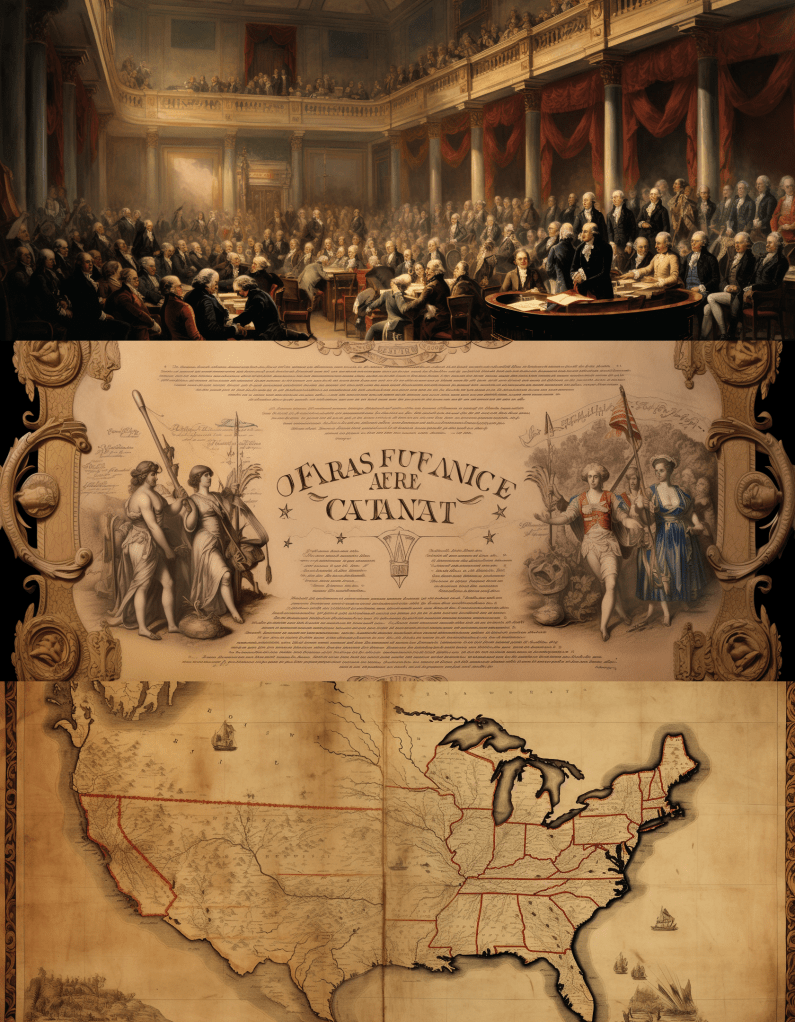On This Day, October 20, 1803, the United States Senate ratified a significant treaty with France, leading to the Louisiana Purchase, one of the most monumental land acquisitions in American history. This treaty, signed under the presidency of Thomas Jefferson, resulted in the purchase of the Louisiana Territory from France for $15 million.
The acquisition of the Louisiana Territory, which encompassed an area that stretched from the Mississippi River to the Rocky Mountains and from the Gulf of Mexico to the Canadian border, effectively doubled the size of the United States. The purchase was a strategic move for the young nation, providing control over the crucial Mississippi River and the port city of New Orleans, both vital for trade and commerce.
The opportunity for this purchase arose as a result of geopolitical circumstances involving France and Great Britain. Napoleon Bonaparte, facing war with Britain and needing funds for his military campaigns, decided to sell the vast territory, which France had only recently regained from Spain.
The Louisiana Purchase was a landmark event in American history, significantly expanding the nation’s territory and laying the groundwork for its westward expansion. It opened up vast tracts of land for settlement and cultivation, shaping the future growth and development of the United States. The purchase also raised questions and debates about the scope of presidential power, the constitutionality of territorial expansion, and the future of slavery in the new territories. Nonetheless, the Louisiana Purchase is celebrated as a defining moment in the nation’s history, reflecting both the vision and ambition of the early United States.
